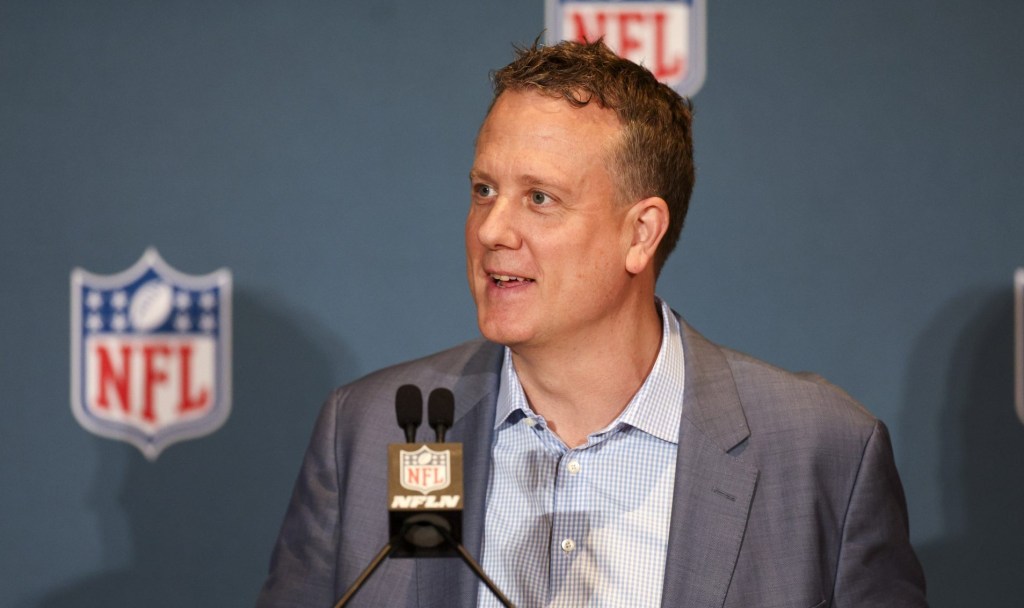By: John Searby, @JohnSearby

We live in a world that is more connected than any time in the history of civilization. The digital tools we have at our disposal to stay connected with one another both personally and professionally are mind-blowing. They have completely changed the way I work with clients, colleagues, and connections. It is definitely a positive.
This past week, however, I realized that no matter how digitally connected we are there is still nothing better to build relationships than interpersonal, face to face contact. For two days last week, I joined 850 other sports business professionals in Los Angeles for the World Congress of Sport. I saw some old friends and clients and we caught up and talked about new opportunities. I connected with some new potential clients and partners and had the opportunity to discuss our company’s capabilities and the potential to work together in the future. In all cases, those face to face contacts allowed us to move the relationship farther, faster than any dozen emails or LinkedIn articles. The confidence we felt with one another by looking each other in the eye and discussing business developed bonds that will continue as we have conversations via email and phone in the future. The opportunity for me to demonstrate in person not only our company’s past work and experience, but my own competence and communication skills was paramount to a long term successful relationship.
So what does this all mean for young sports business professionals? It means that you need to do everything you can to get face to face opportunities with the people and organizations that you want to work for in the future. It means that even though you’ve had great emails, tweets, or LinkedIn messages with someone, there is more work to be done. And most importantly, it means that learning to be a clear, confident, and competent in person communicator is extremely important. In a world where connectivity seems too often confined to the digital, those entering the workforce today who can sit down and have a casual conversation about business without it feeling forced, who can evolve a casual conversation to a value proposition, and who can negotiate face to face firmly and fairly will stand out in the crowd.
Much has been written bemoaning the ‘disconnected nature’ of the so called “connected generation.” If you want to prepare yourself this week to stand out from your peers, ask a professor after class to grab a cup of coffee and talk about something related to your profession of choice. Not only will you likely shock her, you’ll also be developing the most sought after skill in sports business. Look him or her in the eye, try to have an appropriate amount of small talk, get to the point of the conversation, and have a strong close that defines some next steps. I followed these exact patterns this past week with senior level sports professionals and was pleased with the outcome of every conversation.
John serves as the Director of Sports for Downstream, a Portland, OR based design firm specializing in experiential, interactive, and digital design. Check out his other blog at morningrunguys.com, where he writes about his thoughts on running, traveling, and life.

















